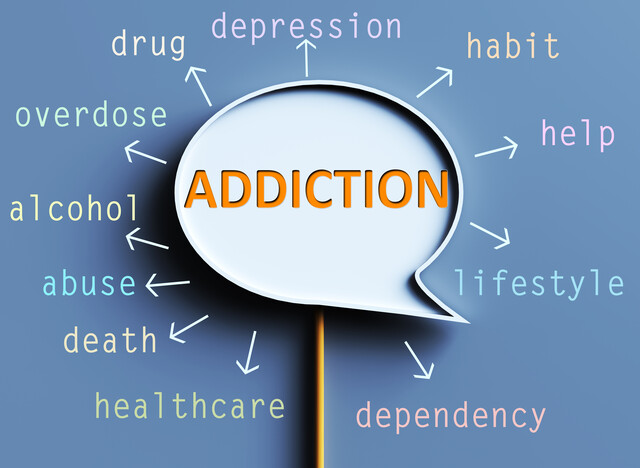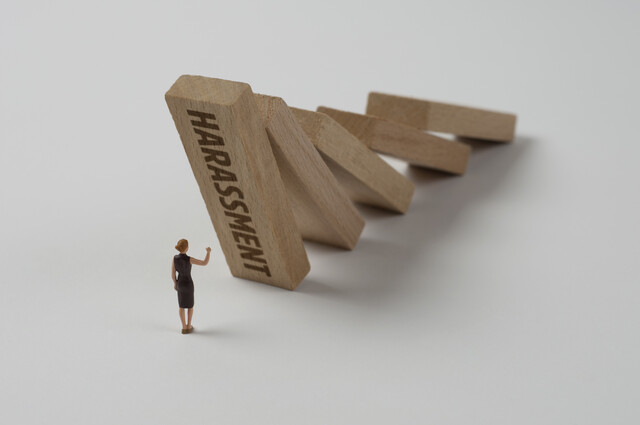Starting a family involves taking many risks in a way that may be novel for the parent in the sense that they are now responsible for the safety and development of another human who does not have the ability to protect themself or independently provide for their own developmental needs. One of these risks is related to natural disasters and other possible emergency situations that cannot be prevented.
Home
The Department of Homeland Security identifies four main steps in the process of establishing emergency preparedness in the home. These four main steps are making the plan, individualizing the plan for the family's unique needs and other contextual factors, documenting the plan, and practicing the plan in a non-emergency fashion. Similarly, the Red Cross identifies three main steps that are crafting a plan via family meetings and discussions that address the most likely emergencies to occur in home and community settings, identifying what actions each person will do in the case of the emergency, and practicing. There are many resources for families available online to help them complete this process. However, it is important to remember that family plans for emergency preparedness will likely need to be updated as the needs of the family changes and shifts over time. For example, the family may start their initial emergency preparedness plan early on in their journey of becoming parents when they have just one child. But the plan will need to be updated as more children are born, join the home, or if the family gets a pet.
Common potential natural disasters in the home environment could include weather events like earthquakes, floods and tsunamis, tornadoes, fires (as in large scale forest fires), and hurricanes. It's important to be aware of and use what resources are available locally for staying updated about potential weather events via the radio or text message alerts and to follow emergency instructions to evacuate when necessary.
School
Schools and other community settings like daycares will have formal policies and procedures around disaster preparedness and emergency response. For natural disasters, this will involve practicing and utilizing emergency response tactics in the school environment like earthquake plans and fire drills for safely and quickly exiting the building. This will also involve notifying families of early release that was previously unscheduled in the case of severe snowstorms, weather, or citywide evacuation. In addition, for individual emergencies like a playground injury that requires a hospital trip, the school will contact the family but they will also reach out to the family's listed emergency contact as soon as possible if the family cannot be reached. For this reason, some schools may request at least one emergency contact in a different state be ideally listed so that they can be communicated with in the event of a community-wide emergency where the parents are not able to reach the child for an extended period of time.
Schools will also typically request that the family provide an individual emergency kit for the child in the event they would not be able to leave the school for an extended period of time in the case of a natural disaster or other community-wide emergency. These emergency kits will typically include an emergency insulation blanket, nonperishable food, comfort items like stuffed animals, pictures, and water.
Prepare
In addition to the above process of developing and practicing emergency plans, families should also prepare emergency supplies both for use in the home and in the case of sudden evacuation from the home, meaning a "go-bag." Emergency supply kits will include contact information for healthcare providers, extended family, and trusted friends, as well as tangible survival items like food, water, and first aid supplies. Other important items may include means by which to prepare food safely, such as a portable stove with extra fuel, a generator in the case of extended power outage, batteries and battery powered items like radios, chargers, lanterns, and headlamps, water purifiers, baby wipes and diapers, and fire starters. It is also important to replace and renew items for emergency kits that are in storage for a long period of time like nonperishable foods that have an eventual expiration date like canned foods, batteries that expire, and battery powered items that should be tested periodically for functionality and replaced if necessary.
Discuss
Children will undoubtedly have questions about potential emergencies, both community-wide and home-specific. Parents will want to develop an initial draft of their emergency plan in advance of discussing it with their children if they are very young. For older children, it may be appropriate to draft the plan together according to a predesigned template available online or that the older child may have received at school.
For older children, it is still important to ensure conversations are not overly descriptive or lengthy when it comes to digressing over the potential complications in an emergency situation. Families should review the higher points of how to problem solve in an emergency situation, such as establishing a meeting place to be used in the case of separation both in the immediate neighborhood and in the concentric community without dwelling too much on a litany of possible dire outcomes. Older children will need to know how to act quickly and decisively in an emergency situation without being fettered by additional anxiety over premeditated fears.
It may be that the first time the family drafts or discusses their emergency plan and assigns the child specific tasks or roles that they would carry out in the case of the emergency, the child does dwell on this subject in conversation with the parents and other adults for a while. They may want to review the steps of the emergency plan as they were instructed repeatedly in conversation over the course of a few weeks. This is normal and can be supported by the parent by affirming the child verbally and then redirecting to another topic of conversation when they've finished reviewing the plan and asking any questions. Sometimes they may repeat the same question a few times across multiple "review" conversations and this is okay and normal as well. After a few weeks, the topic will naturally fade from repeated conversation and become less frequent.
Debrief
If an emergency situation does occur, it's important that the family debrief together afterward. This is not something that will be healthy or helpful immediately following a disaster. Immediately following a disaster, the physical and emotional needs of the child will need to be tended to and they will need extra comfort in the form of familiar activities like reading favorite books together or sharing favorite meals as part of a family game night or family movie night. Once the immediate trauma of the disaster or other emergency has passed, it will be appropriate and important to review what happened in a bit more detail. This can mean discussing together the events as they occurred and the steps the family took according to the plan, as well as to spontaneously occurring variables. For older children, it may also be a healthy outlet to utilize information gathered based on what happened to update and adjust the family plan and the kit accordingly. There may be other residual effects, such as night terrors or difficulty sleeping that do not seem directly related to the past emergency event but that should be addressed with that lens in mind so that parents can ensure the child is accessing wraparound care for their post trauma needs. Both parents and children in the family may benefit from counseling from a qualified therapist to help address any ongoing trauma effects.
By ensuring immediate physical and emotional needs are met during an emergency as well as providing for the longer term debriefing needs and repair support for trauma effects, parents can best provide wraparound care for the complete needs of their child when it comes to emergencies and disasters. Children will follow the lead of their parents when it comes to being prepared for emergencies with a plan in place but not overemphasizing the unknowns associated with emergency possibilities in the context of a full and vibrant family life.

























